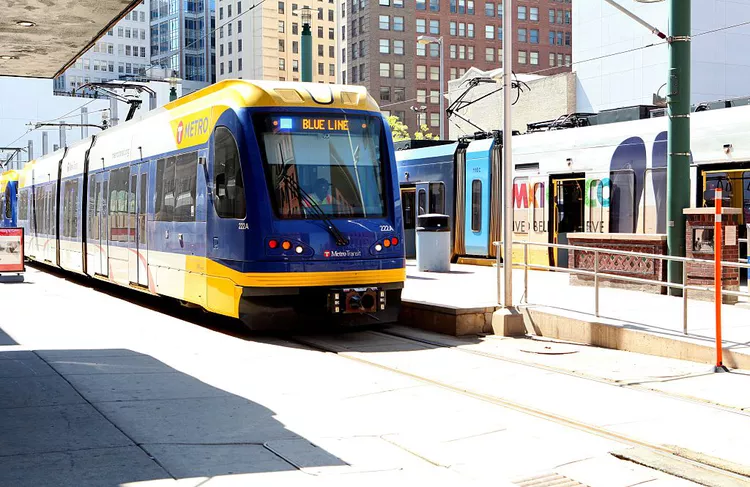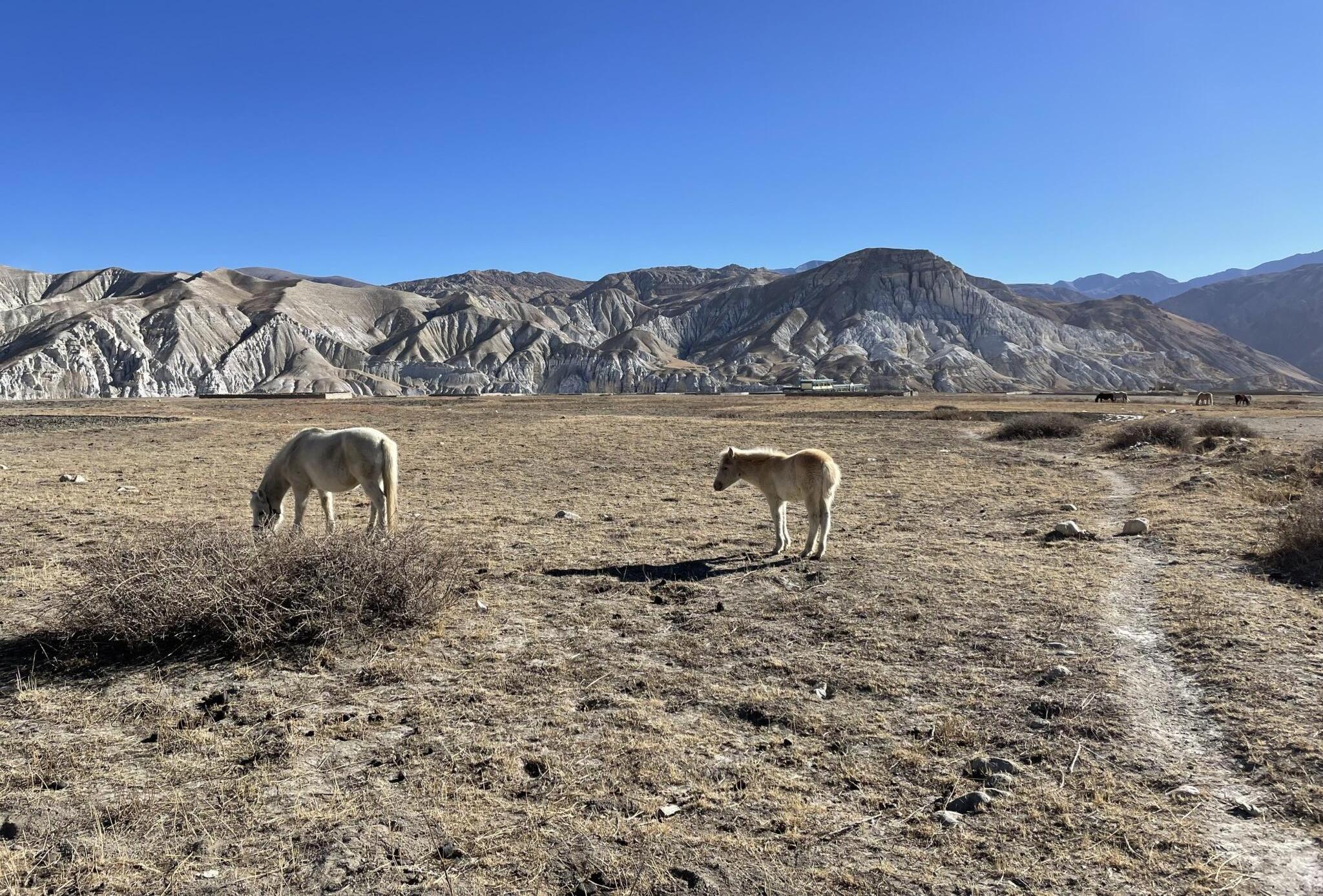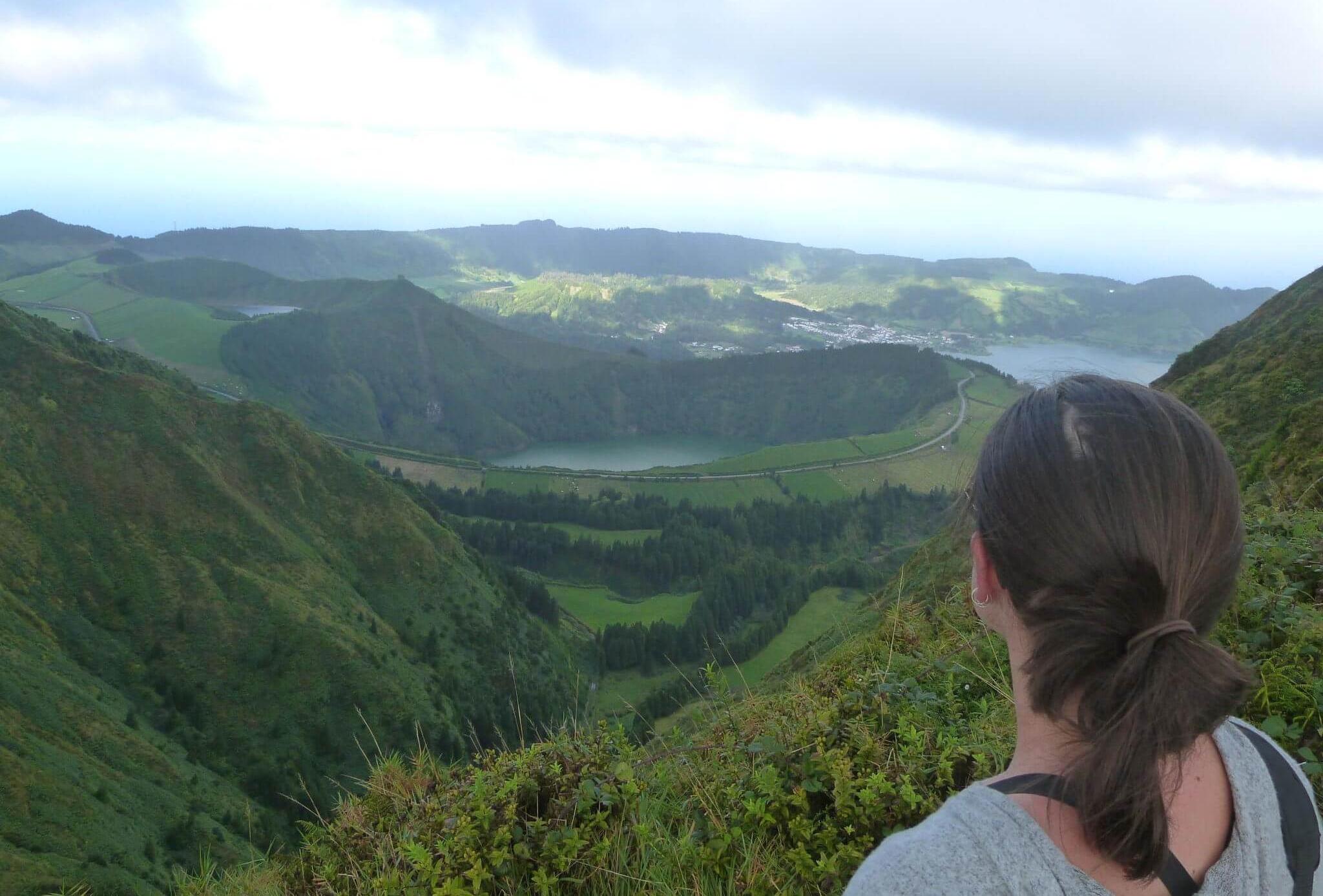The Hiawatha Light Rail Line connecting Target Field in downtown Minneapolis with the Minneapolis-St. Paul International Airport and the Mall of America has been rebranded to the METRO Blue Line as of 2013. Originally opened in 2004, this line has become a vital transportation link in the region.
All Blue Line trains consist of three cars, connecting 19 stations over a distance of 12 miles. A journey from Target Field to the Mall of America or vice versa takes just over 40 minutes. Operated by Metro Transit, the Blue Line integrates seamlessly with the Twin Cities’ bus system and the new METRO Green Line light rail, enhancing connectivity to downtown, the University of Minnesota, and St. Paul.
Light Rail Overview
The Blue Line trains operate for 20 hours each day, with service shut down from 1 a.m. to 5 a.m., except for the two terminals at Minneapolis-St. Paul International Airport. Between Terminal 1-Lindbergh and Terminal 2-Humphrey, service is provided 24 hours a day, with trains running every 10-15 minutes.
The Blue Line’s Route
The line commences at Target Field, located just west of Downtown Minneapolis. It travels through the Warehouse District, downtown, past U.S. Bank Stadium, and through the Cedar-Riverside neighborhood. The route continues along Hiawatha Avenue, reaching Hiawatha Park, Fort Snelling, the Minneapolis-St. Paul International Airport, and ultimately the Mall of America.
Stations
The Blue Line stops include:
- Target Field, Platform 1
- Target Field, Platform 2
- Warehouse District/Hennepin Ave
- Nicollet Mall
- Government Plaza
- U.S. Bank Stadium
- Cedar-Riverside
- Franklin Ave
- Lake St./Midtown
- 38th St.
- 46th St.
- 50th St./Minnehaha Park
- VA Medical Center
- Fort Snelling
- MSP Airport Terminal 1-Lindbergh
- MSP Airport Terminal 2-Humphrey
- American Blvd.
- Bloomington Central
- 28th Ave.
- Mall of America
Buying a Ticket
It is essential to purchase a ticket before boarding the train, as the stations are unstaffed. Automatic ticket machines are available, accepting cash, credit cards, and debit cards. Additionally, tickets can be acquired via the Metro Transit app directly from your smartphone.
Riders have the option to pay for a single fare or choose an all-day pass. As of June 2019, a single fare costs $2.50 during rush hours (Mondays through Fridays, 6 to 9 a.m. and 3 to 6:30 p.m.) and $2 at other times. Reduced fares are available for seniors, youth, Medicaid card-holders, and individuals with disabilities outside of rush hours.
Go-To Cards, which are reusable, can be loaded with a set dollar amount, a specific number of rides, or a multi-day pass. Random ticket inspections occur, and travelers without a valid ticket may face a fine of $180 as of 2019.
Reasons to Use the Light Rail Line
The light rail is particularly beneficial for commuters, given that parking in Downtown Minneapolis tends to be expensive. Attractions such as Target Field, U.S. Bank Stadium, the Target Center, and the Guthrie Theater are easily accessible, making the light rail a convenient option.
It is often more cost-effective to drive to a park-and-ride station with free parking and then take the train than to park in Downtown Minneapolis, especially during events when parking rates increase significantly. Moreover, several bus routes are scheduled to align with train schedules, making travel convenient for commuters living farther from a station.
Park and Ride
Two Blue Line stations feature park-and-ride lots with a total of 2,600 free parking spaces:
- 28th Avenue, Bloomington: 1,598 spaces located three blocks east of the Mall of America (28th Ave. S. at 82nd St.)
- Fort Snelling: 1,073 spaces available at Exit Hwy. 55 at Bloomington Rd., following signs to the parking area (south and west of the Whipple Building)
While overnight parking is not allowed, there are a few designated spaces for limited overnight use. Note that there is no Park and Ride parking at the Mall of America; if you park and leave on the train, you will receive a parking ticket. The 28th Street Station park-and-ride lot is the closest option, just three blocks east of the Mall.
Safety Around Trains
Light rail trains operate at speeds of up to 40 mph, significantly faster than freight trains, making it hazardous to attempt to bypass safety barriers. Drivers should remain vigilant for pedestrians, cyclists, and buses at stations.
It is crucial to cross the tracks only at designated points. Always look both ways and listen for train signals, including lights, horns, and bells. If you observe a train approaching, wait for it to pass before crossing the tracks, ensuring no other train is coming.
Post Views: 342





